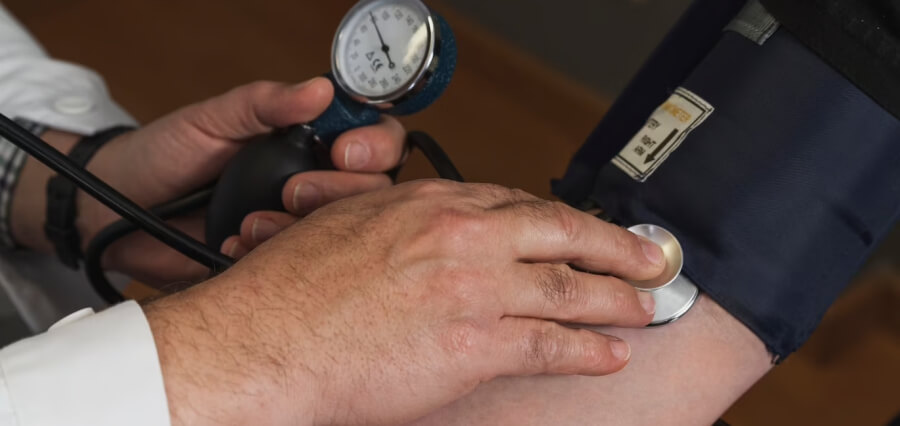(The market for biosensors has taken another step – in turning medical decisions for up to 70% more efficient.)
Although smartwatches and wearables have been sufficient to a certain extent – in detecting illnesses at the earliest rate possible, “there are still a few conditions such as autoimmune disorders or cancers where a lot of damage go undetected,” states Dr. Oh, Department of Electrical and Computer Engineering at the University of Minnesota.
Fortunately, innovation has encouraged the biosensors’ technological base to explore nanophotonic advancements, which could be a promising initiative in preventing delayed damage to patients.
The Science of Optics for Enhancing Biosensors
Since technology has reached its farthest line in serving the needs of healthcare, it may as well consider nanophotonics, yet another field of optics.
When designing biosensors, nanophotonic devices are incorporated inside them, which are likely to be useful in revealing health information. “By trapping light in its ultrasmall volumes, such a device is highly sensitive to light-molecule interactions taking place in the body, making it an advanced and reliable tool to run diagnosis,” says Dr. Oh.
Benefits: Lowering Death-Risks
The upgraded versions of biosensors, i.e., nanophotonic devices, are a careful attempt to bring future one step closer. With the use of modern biosensors, patients and experts would also be aware of “nano” changes that could occur inside their bodies.
Waiting for diagnostic results before making a life-changing medical decision is now a far-away go-to option. Through the device’s stored track changes, health experts could be more confident in detecting a developing disease, for instance, cancer – even before it actually develops by having reached stage one or stage four cancer – consequently preventing the number of sudden deaths overall.
Why is it Worthwhile?
The question of whether the upgraded version of biosensors will be worthwhile to the healthcare sector – goes beyond patients’ reliance on early illness detection. With their high precision and sensitivity to bodily changes, nanophotonic devices will also be interacting with the process of drug monitoring.
Through its observed data, communicated efficiently, clinical researchers will just be getting started in attaining a significant level of health and wellbeing among patients globally.
Read More Articles: Click Here















